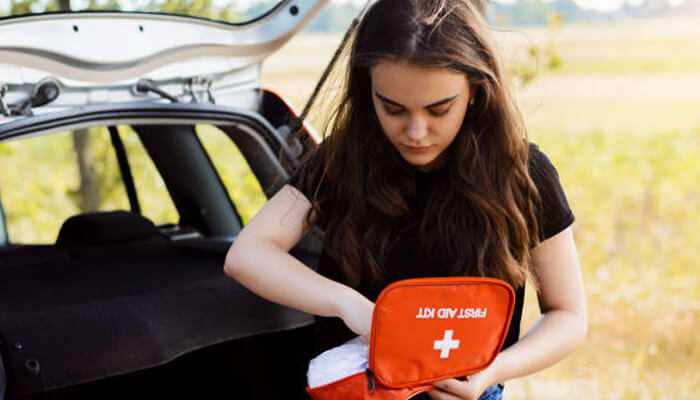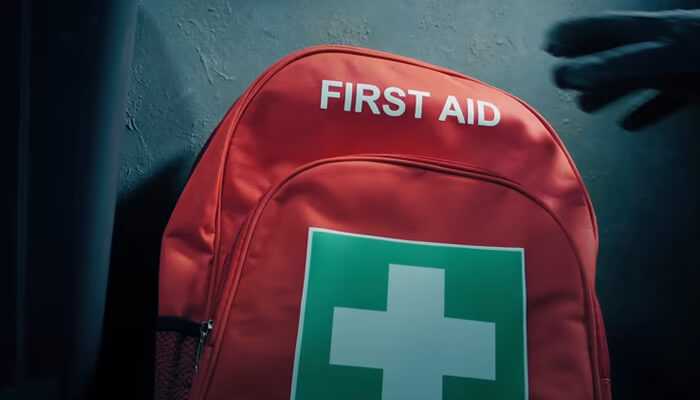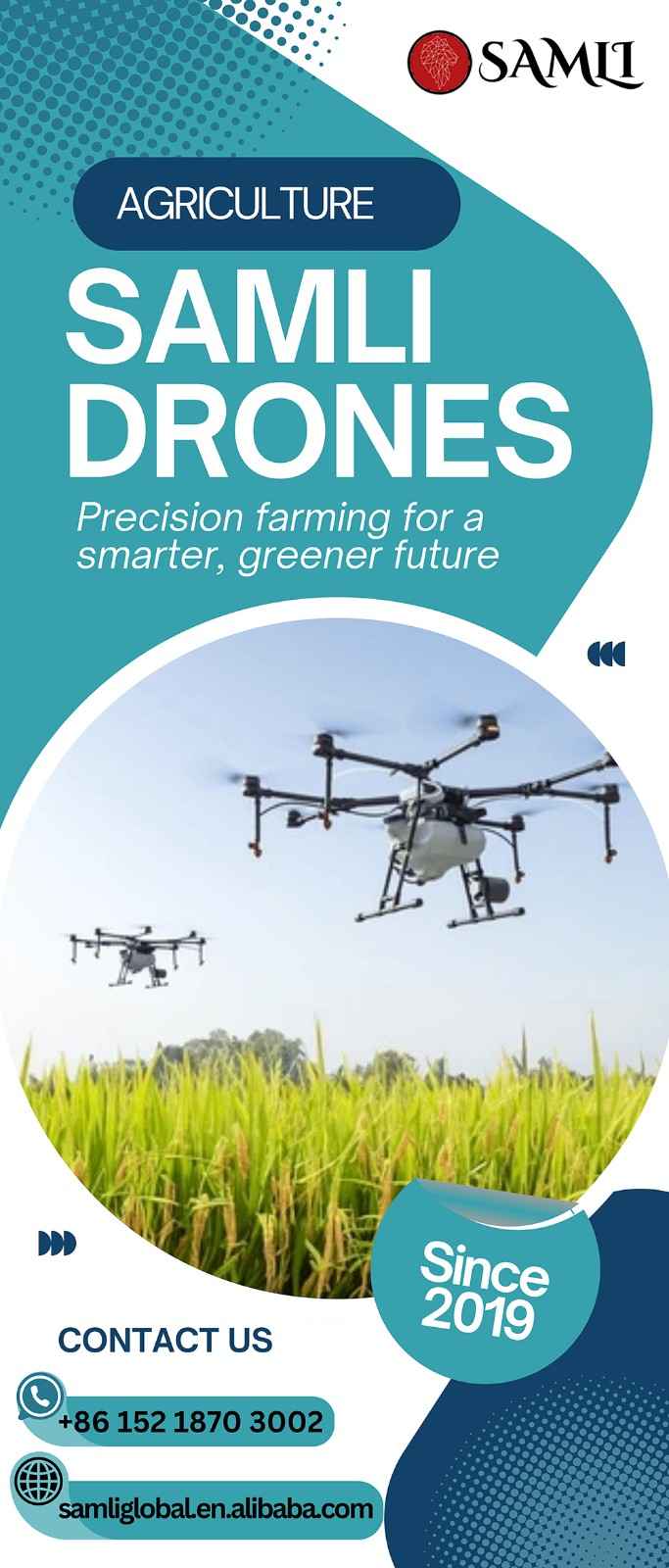Health and safety can often get spoken about as if it’s a modern nuisance, but it’s the core of why developed nations have significantly lower workplace deaths and injuries. One area that cannot be overlooked is first aid kits within vehicles, because not all workers are currently on-site or glued to the warehouse. There may be some box-ticking for first aid kits, but there should also be a level of corporate responsibility that goes beyond doing the bare minimum. To adhere to the British Standard BS 8599-2 and keep workers safe, a specific standard for the contents of motor vehicle first aid kit must be respected.
Vehicle First Aid Kit Every Fleet Should Carry
Setting the standard for your fleet
Meeting these automotive first aid requirements hangs on whether the compliant equipment has been well sourced. It is not enough to simply have the items – they must meet quality standards so they’re effective in an emergency. Low cost imports from China may not suffice. For managers, specifying kits manufactured under ISO 13485 is the all important layer of assurance. Procuring high-quality vehicle first aid supplies is an absolute must.
Dressings and bandages
At the core of any kit is going to be bandages to treat everything from minor cuts to significant trauma. A compliant kit must contain sterile, unmedicated wound dressings in two sizes: Medium (no smaller than 12cm x 12cm) and large (no smaller than 18cm x 18cm) so that workers of all sizes can cover wounds and control bleeding. Of course, you can go beyond this with a third size.
For severe injuries where high pressure is required, at least one trauma dressing should be included. An assortment of at least 20 individually wrapped, sterile adhesive plasters of various sizes is also needed to treat minor cuts, and they should be specified as washproof and hypoallergenic to suit all users. Two triangular bandages are also required because they offer a new versatility, particularly as a large dressing and immobilisation, but also as a sling for limb support.
Shelf-life management is something that goes forgotten about with these, but all sterile items carry an expiration date, as strange as that sounds. So, regular checks of these dates on all vehicle first aid kit components are needed. Out-of-date items must be replaced immediately.

Cleansing and protection
A lot of first aid is about preventing infection. Antiseptic supplies and personal protective should therefore be present. The kit must contain at least 10 sterile cleansing wipes (in date) and these should be individually wrapped and confirmed to be alcohol-free to ensure they can be used to clean a wound site without causing further irritation or tissue damage.
To protect the first aider themselves from infection and contamination of the wound, the disposable gloves should also be there. At least two pairs of nitrile gloves should be supplied. Nitrile is the specified material over latex as it avoids potential allergic reactions in either the rescuer or the casualty. For any mobile workforce, exposure to environmental contaminants is heightened and so these items are fleet medical supply essentials.
Tools and accessories for on-road safety equipment
There are some accessories on top of the dressings and cleansing agents. The kit must have a pair of tuff-cut scissors or shears. These are to cut through materials like clothing or even seatbelts to gain access to an injury site quickly. An emergency foil blanket is also important, particularly in the UK where temperatures are often low, and it can treat casualties for clinical shock or hypothermia.
A resuscitation face shield with a one-way valve is also needed to allow for the safe delivery of rescue breaths during CPR. It forms a barrier that protects the rescuer from direct contact and fluid exchange. These are all necessary on-road safety equipment, though there may be additional accessories where you see fit, like an EpiPen.
Your emergency car kit checklist
A compliant first aid kit is only useful if it’s maintained and the items haven’t expired. Every kit must have a first aid guidance leaflet – this is what provides instructions on how to use the contents and manage common emergency situations, though this should also be a part of training. Still, a reference is always useful, and operations managers must implement a simple but effective audit system to check its readiness.
The above items should be a part of the checklist, but it’s also important to create your master emergency car kit checklist based directly on the BS 8599-2 standard, as it’s prone to updates in the future. Here, it specifies the exact quantity required for each item and be a good reference point for scheduled audits for every vehicle in the fleet. Of course, if you buy a BS 8599-2 standard kit from a reputable seller, you can rest assured that it’s compliant. The issue is that these kits don’t get used very often, so you need a system to ensure ongoing checks.



